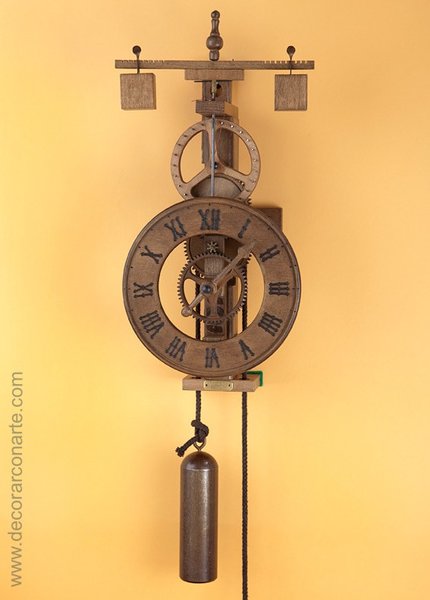Description
Reproduction in current materials of ancient instruments that are part of the cultural and scientific heritage because of their scientific, historical and aesthetic value.
The instrument is accompanied by a documentation with description in which their use is explained in detail.
The astrolabe is considered the jewel of mathematical Middle Ages. Until late in the seventeenth century, the portable unit has been in the entire history of astronomy. Furthermore, it is effective because it allowed with clear and simple way to understand the celestial mechanics and the apparent movement of the stars. It dates from the fourth century Alexandria, was perfected by the Arabs and of them it was introduced across Spain, in Europe in the early tenth century
It consists of a disk named Mater (or STEM), which represented the ground coordinates and spiders coordinates (disk depth, which represents the celestial coordinates). If the spiders coordinates rotate about the ground coordinates, one gets the representation of the apparent movements of the stars on the observation point. Outside, he wears a graduated float as KRONE called, in which are engraved the hours.
With this instrument you can make and / or solve up to 43 astronomical calculations, such as the knowledge of the position of the stars, solar time, latitude …
Planiferic (Catholic or European) astrolabe, set for 40º latitude. Specially developed by Hemisferium with classic Renaissance design.
Zamac with brass bath laquered on oven. Wood sapelli (teinted with natural wax and polished)
Box size: width 25cm, height: 7,5cm lenght: 24cm Total weight (with packaging and instructions): 2500gr













Reviews
There are no reviews yet.